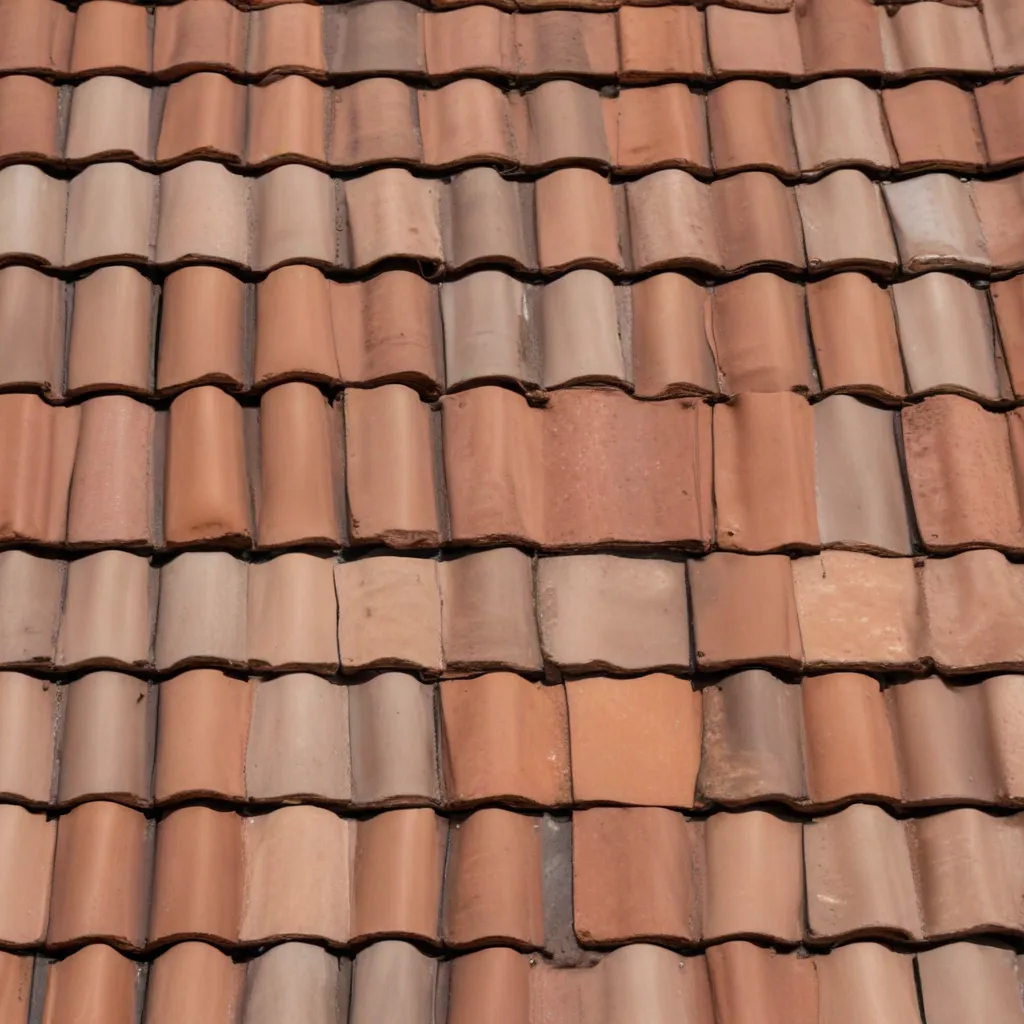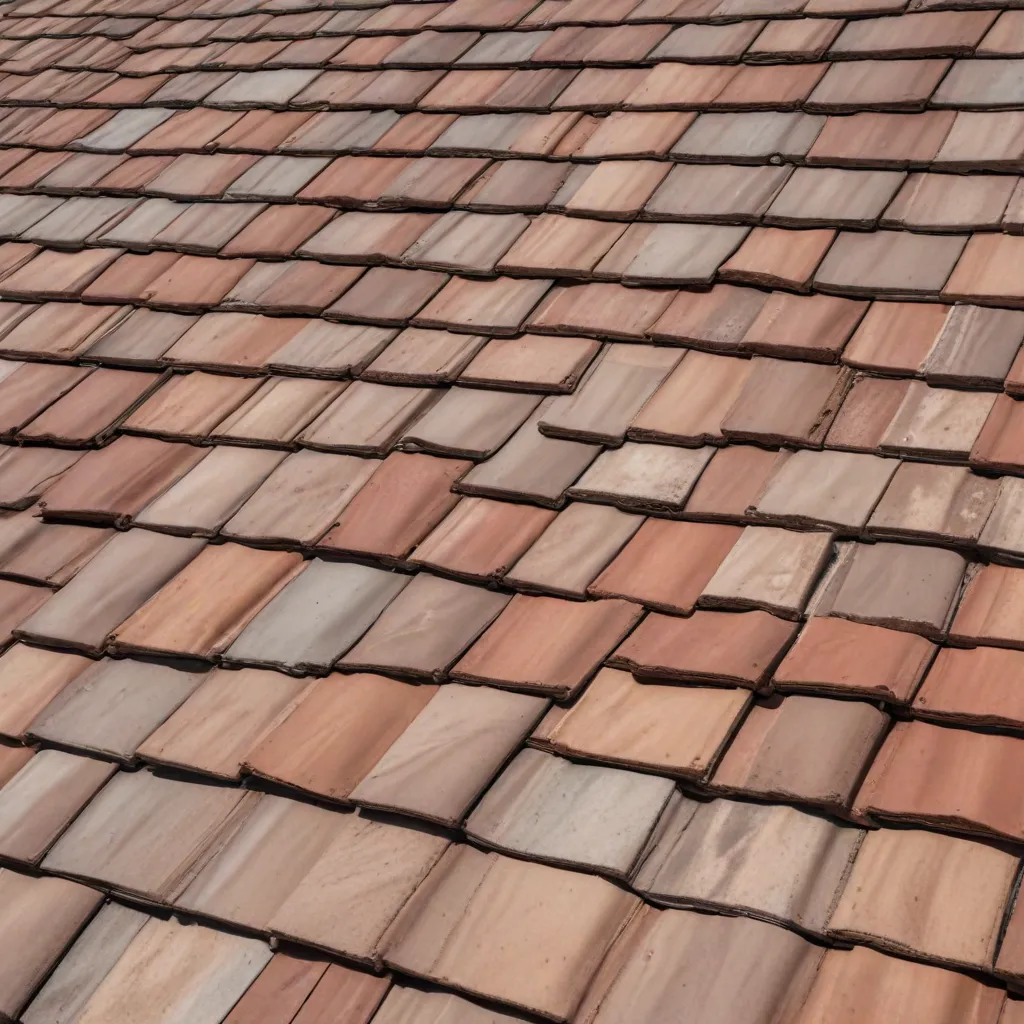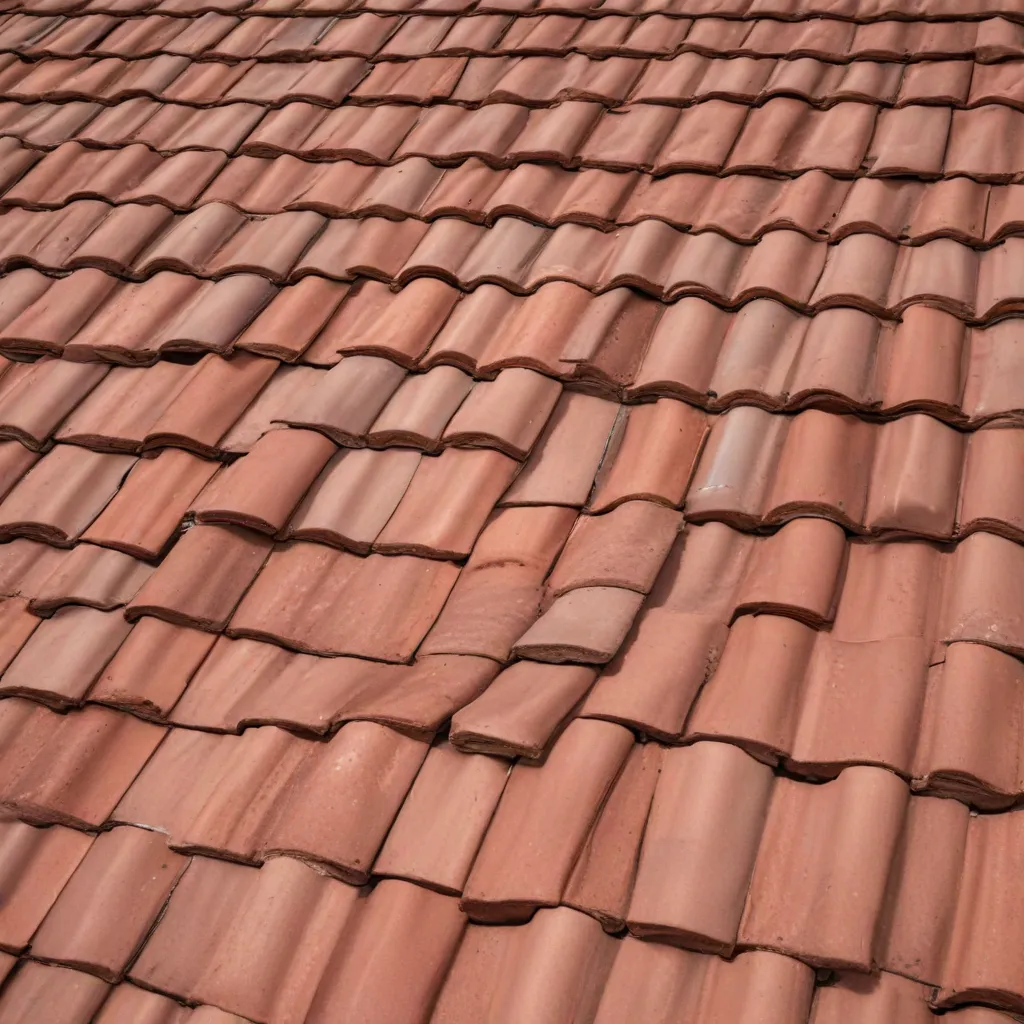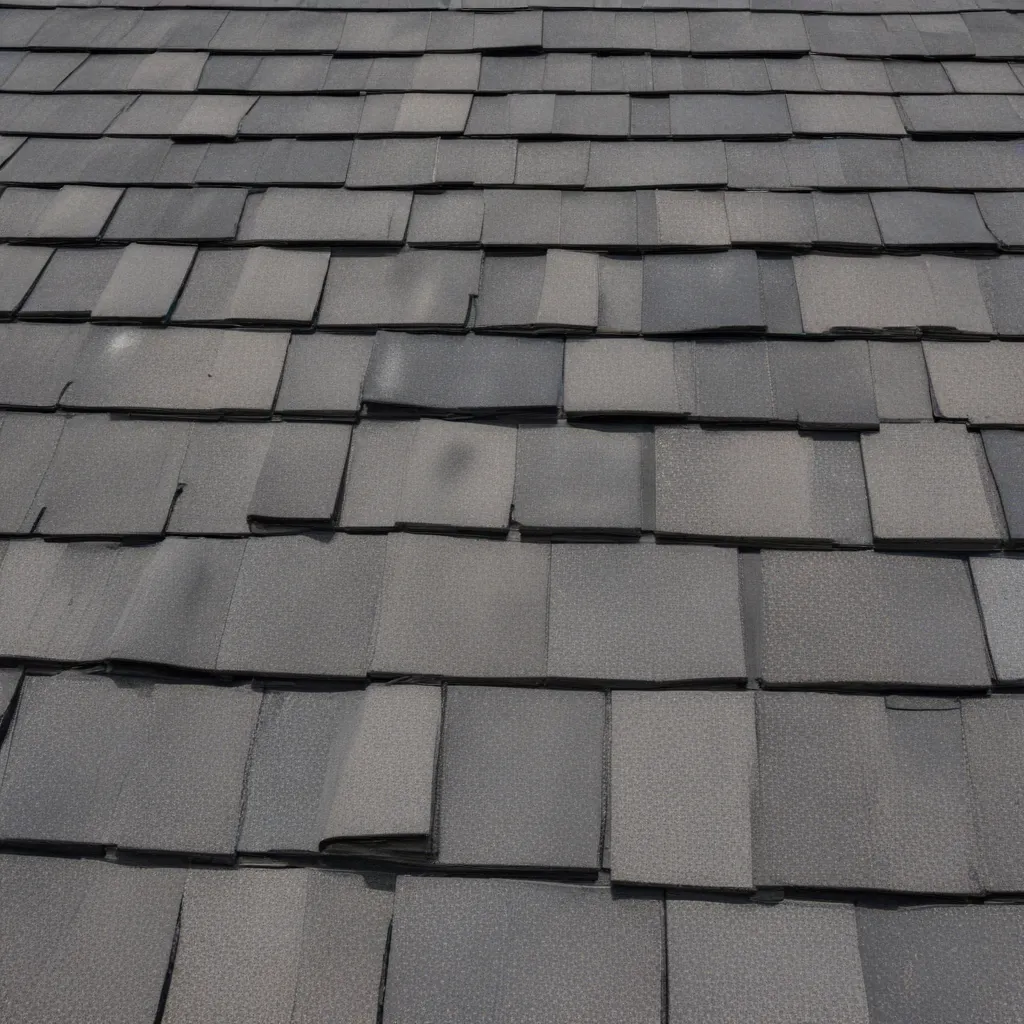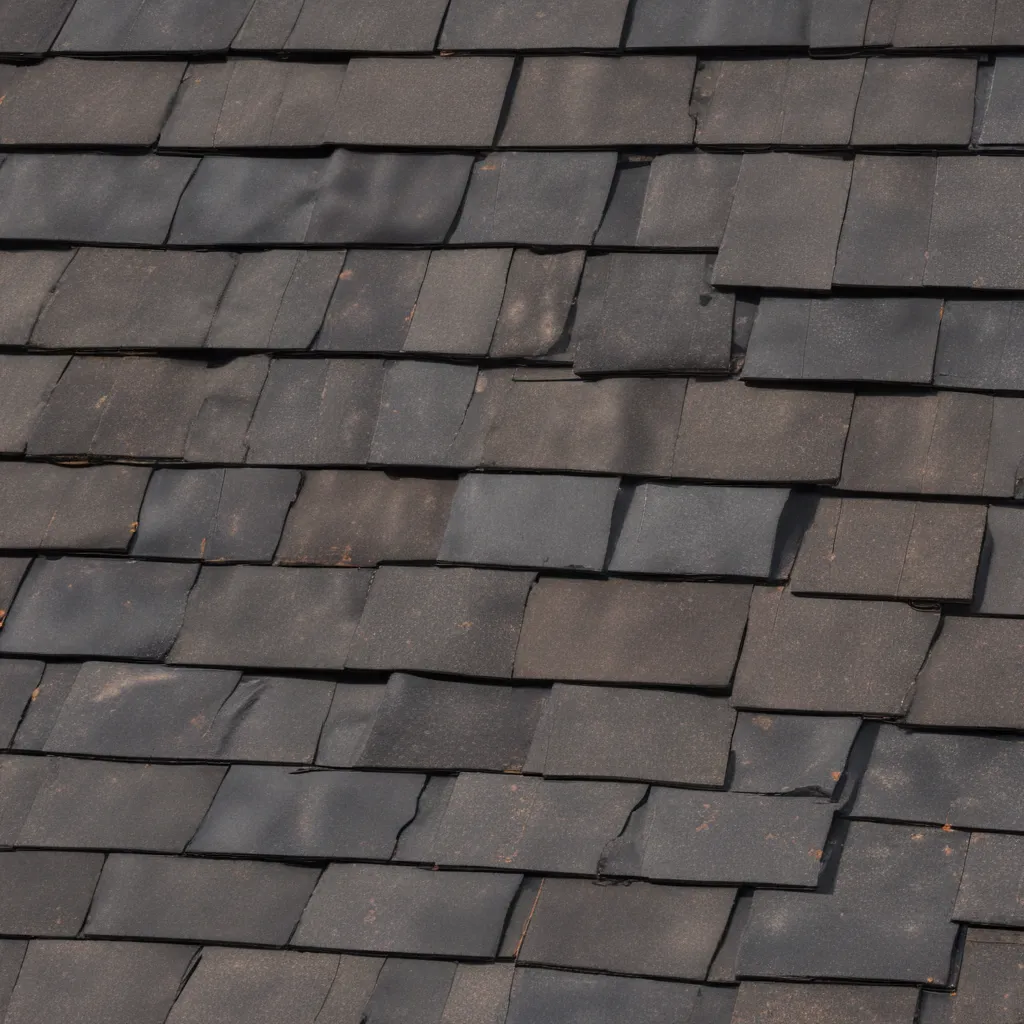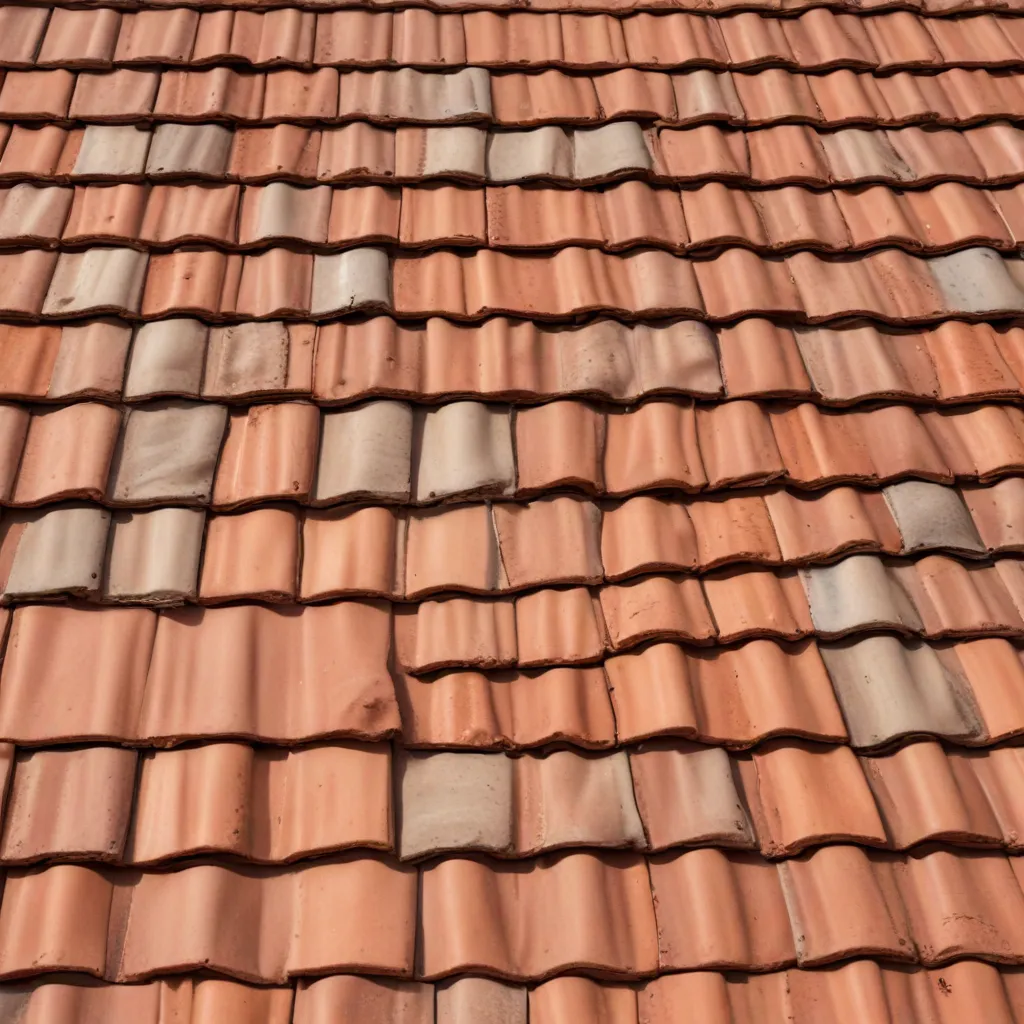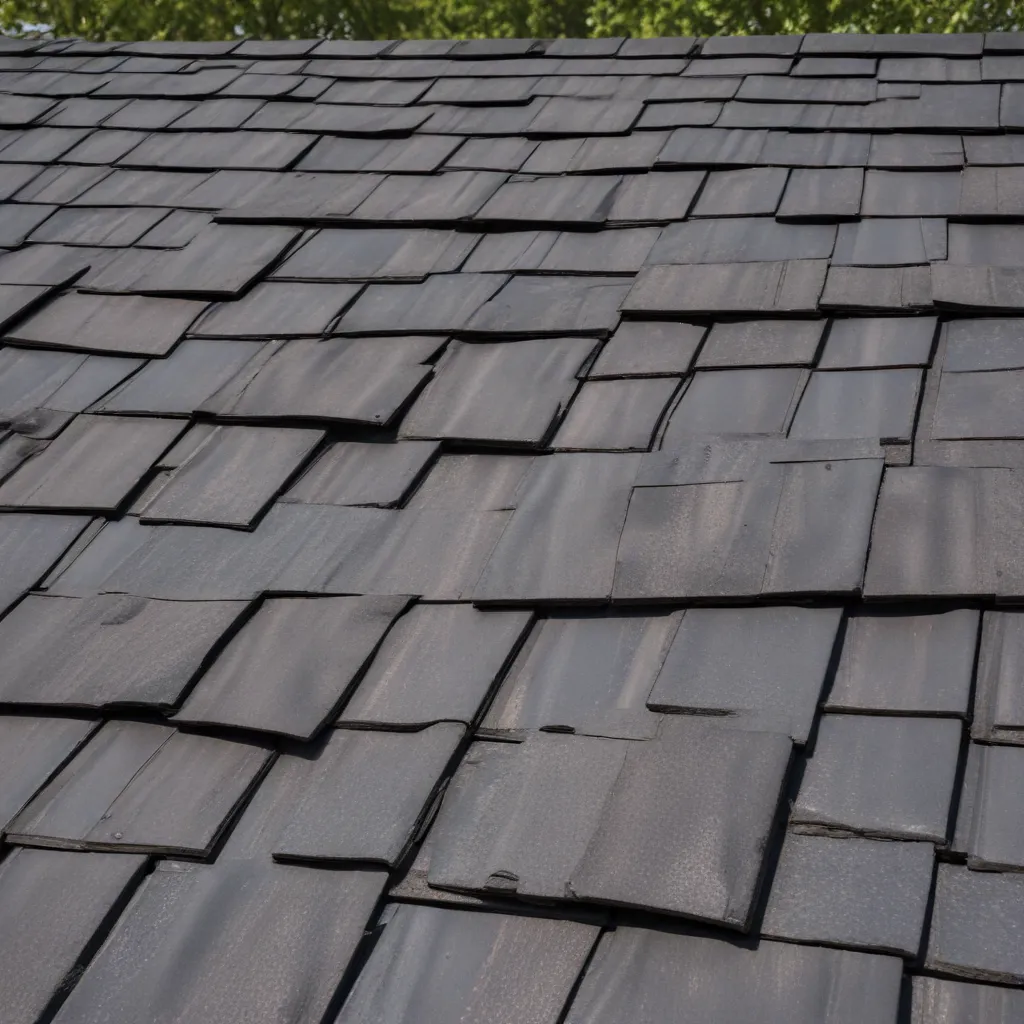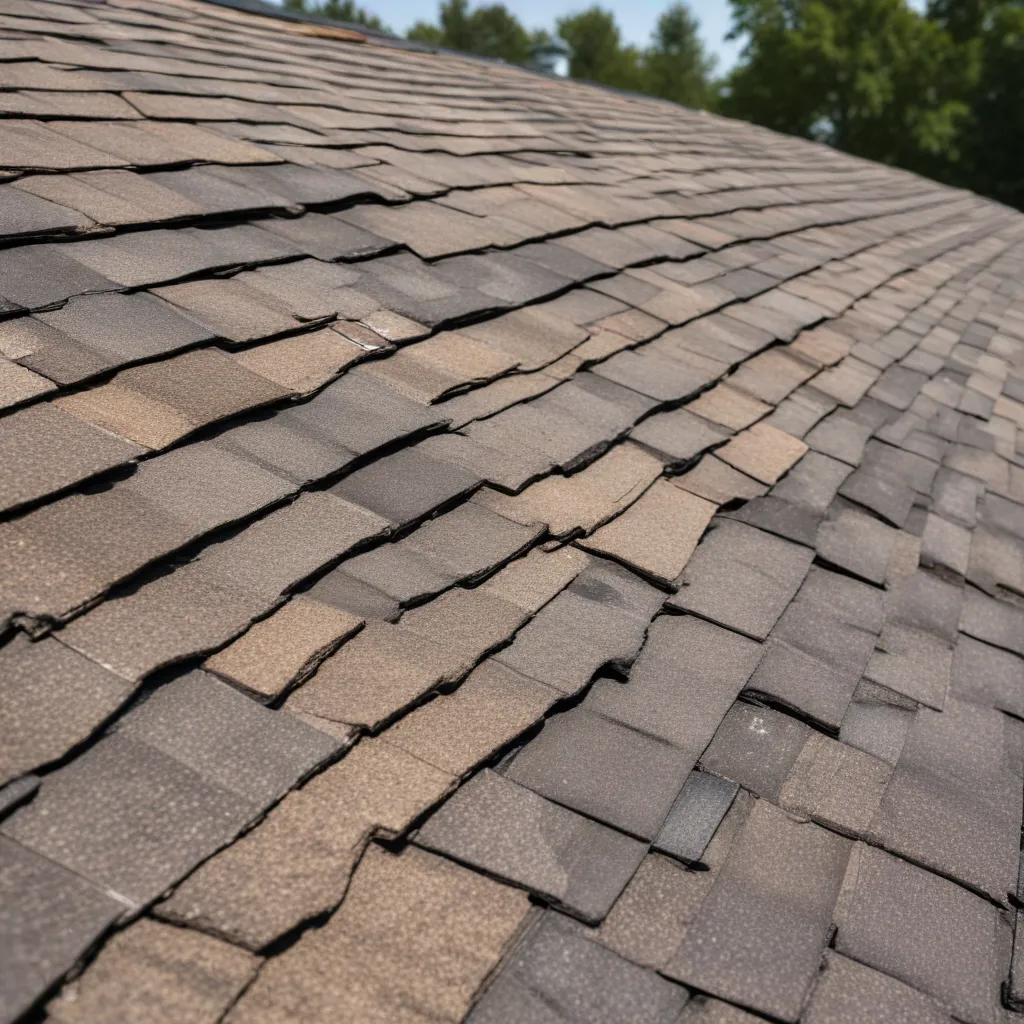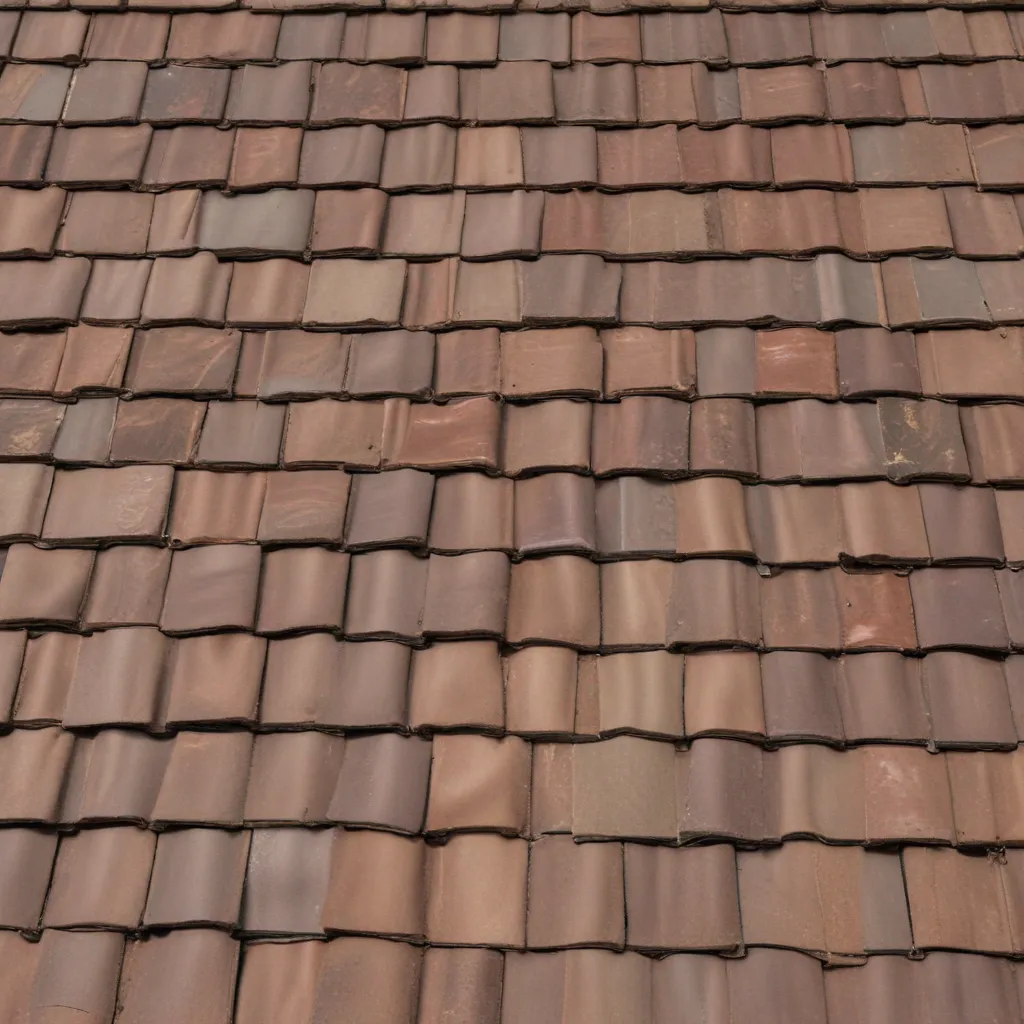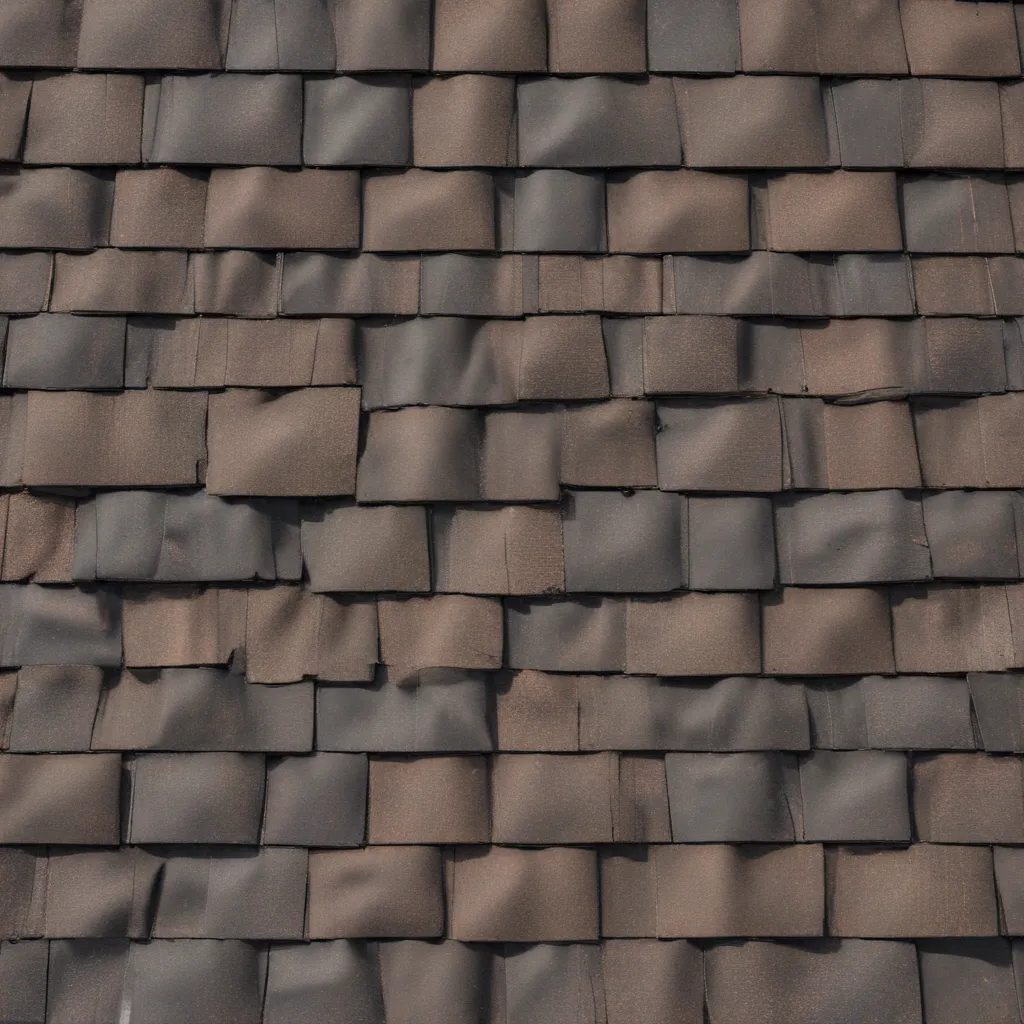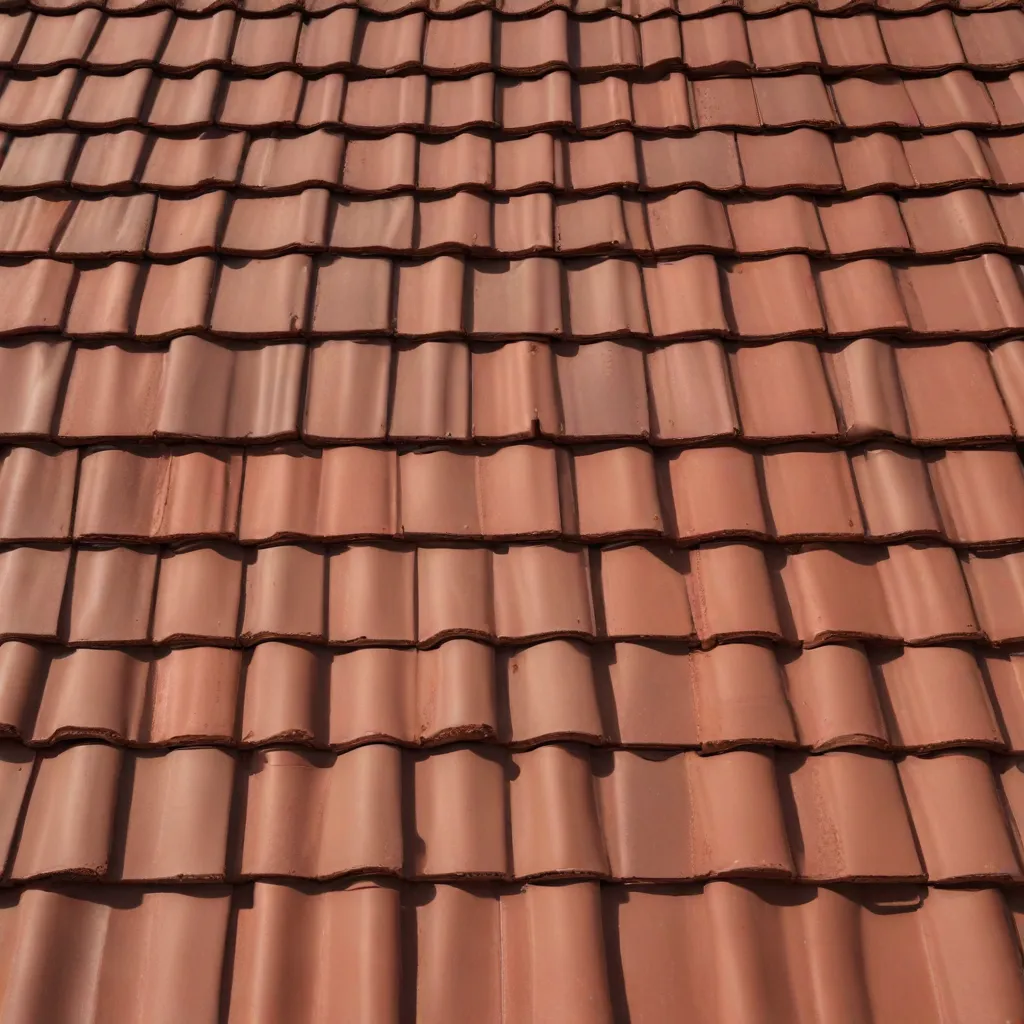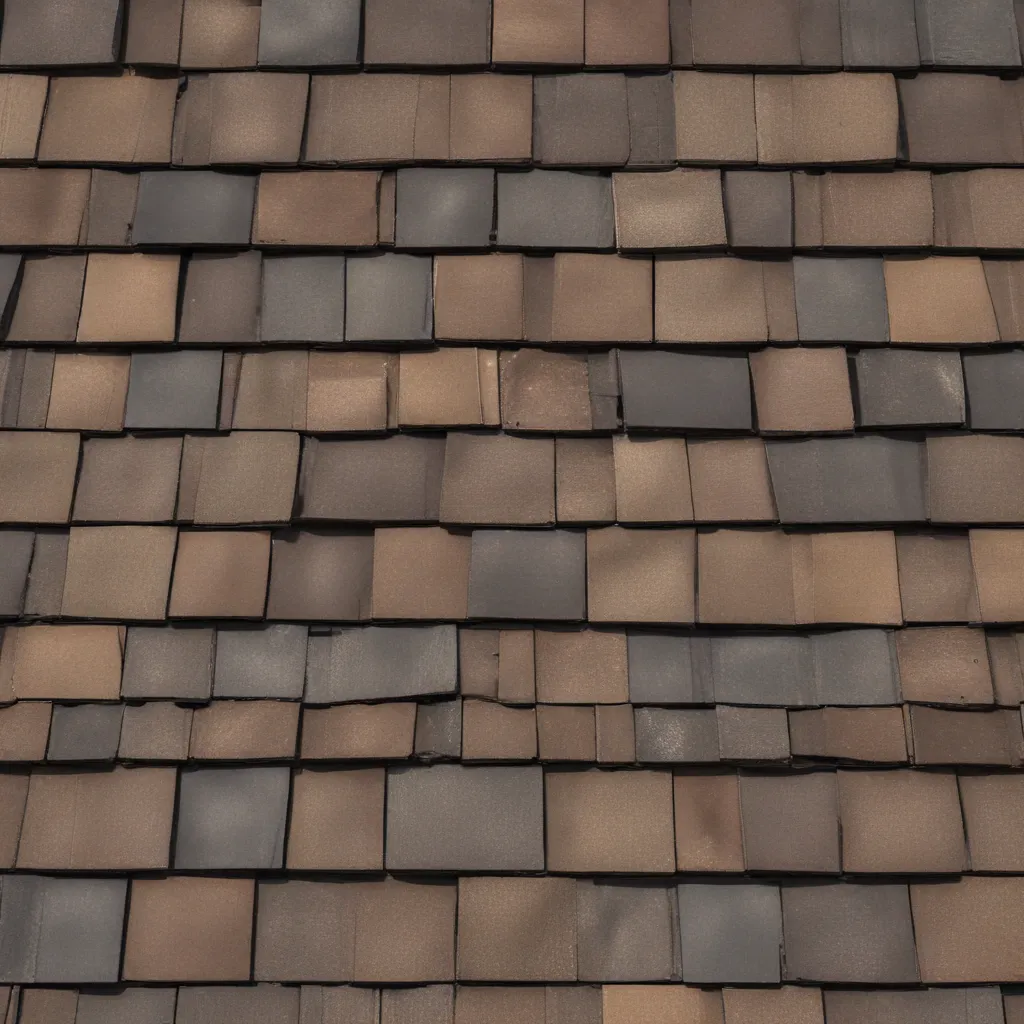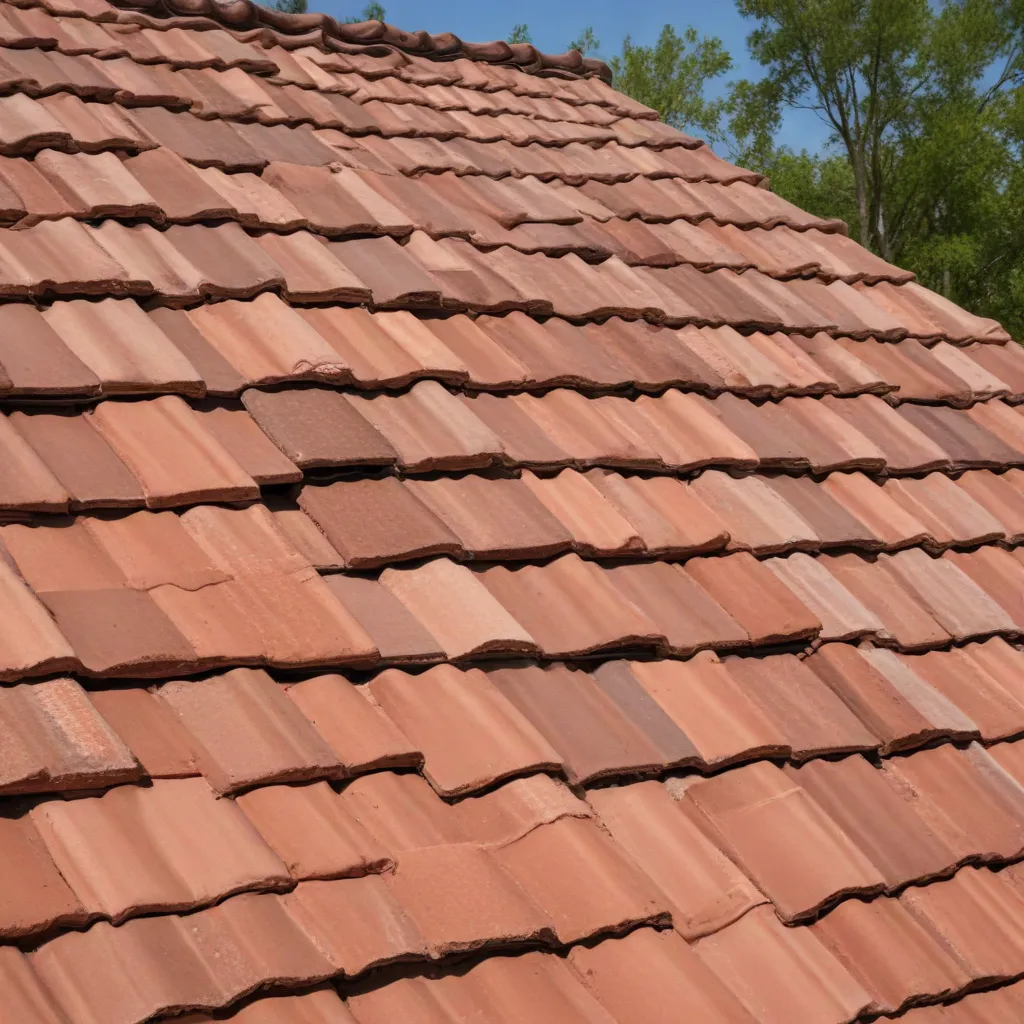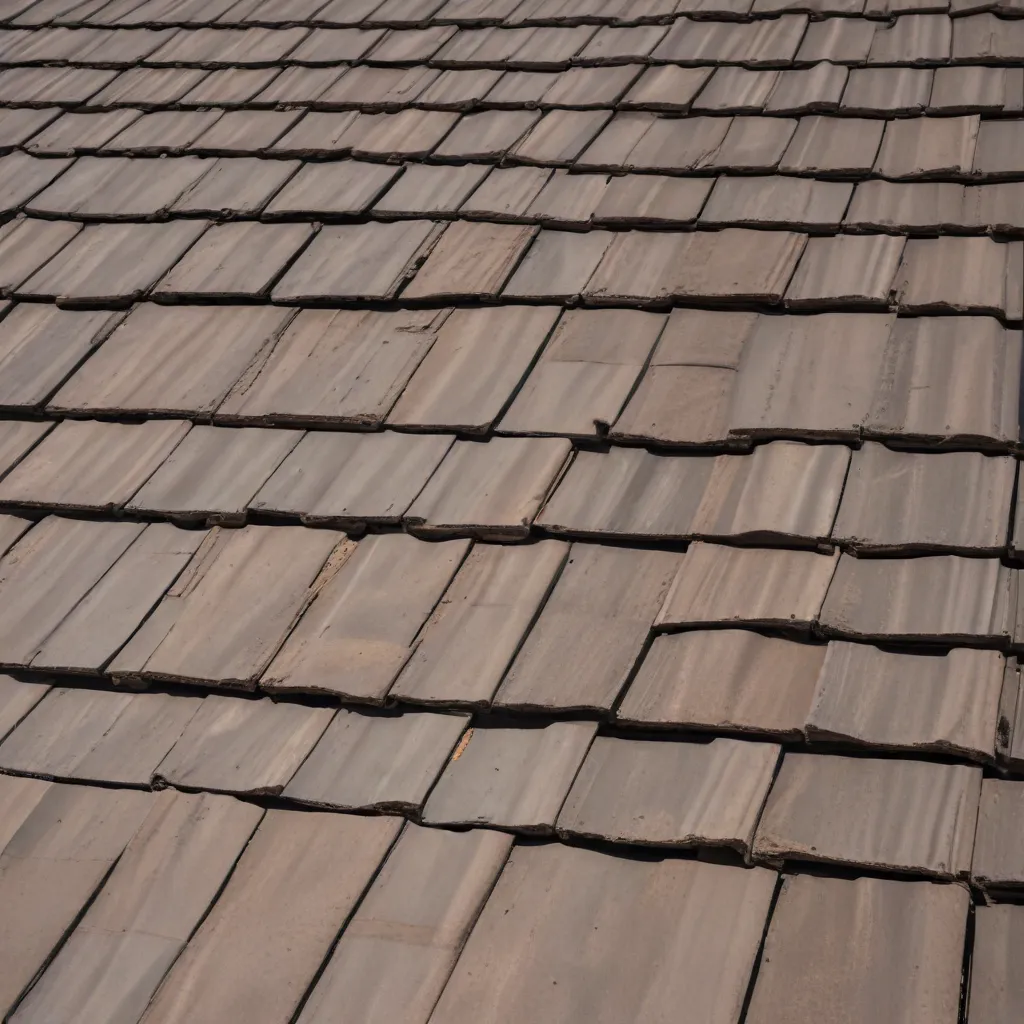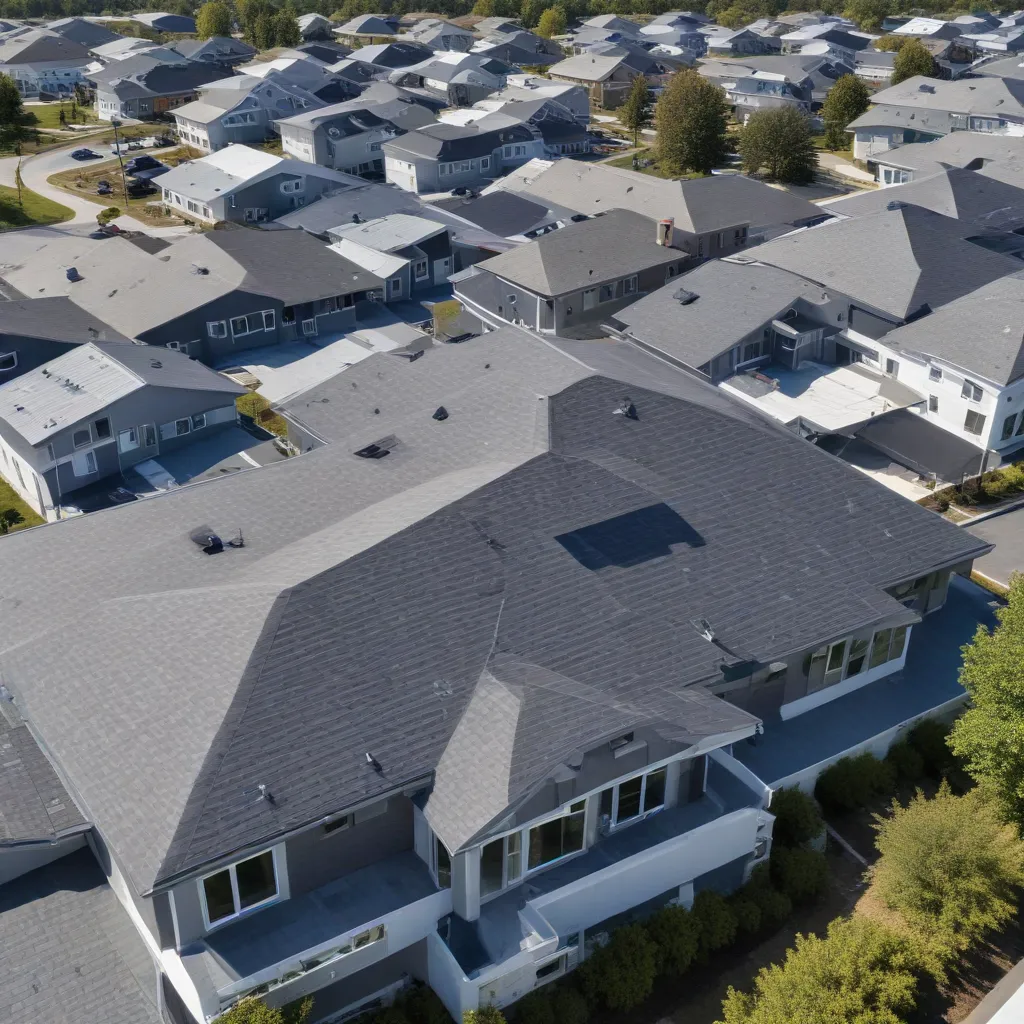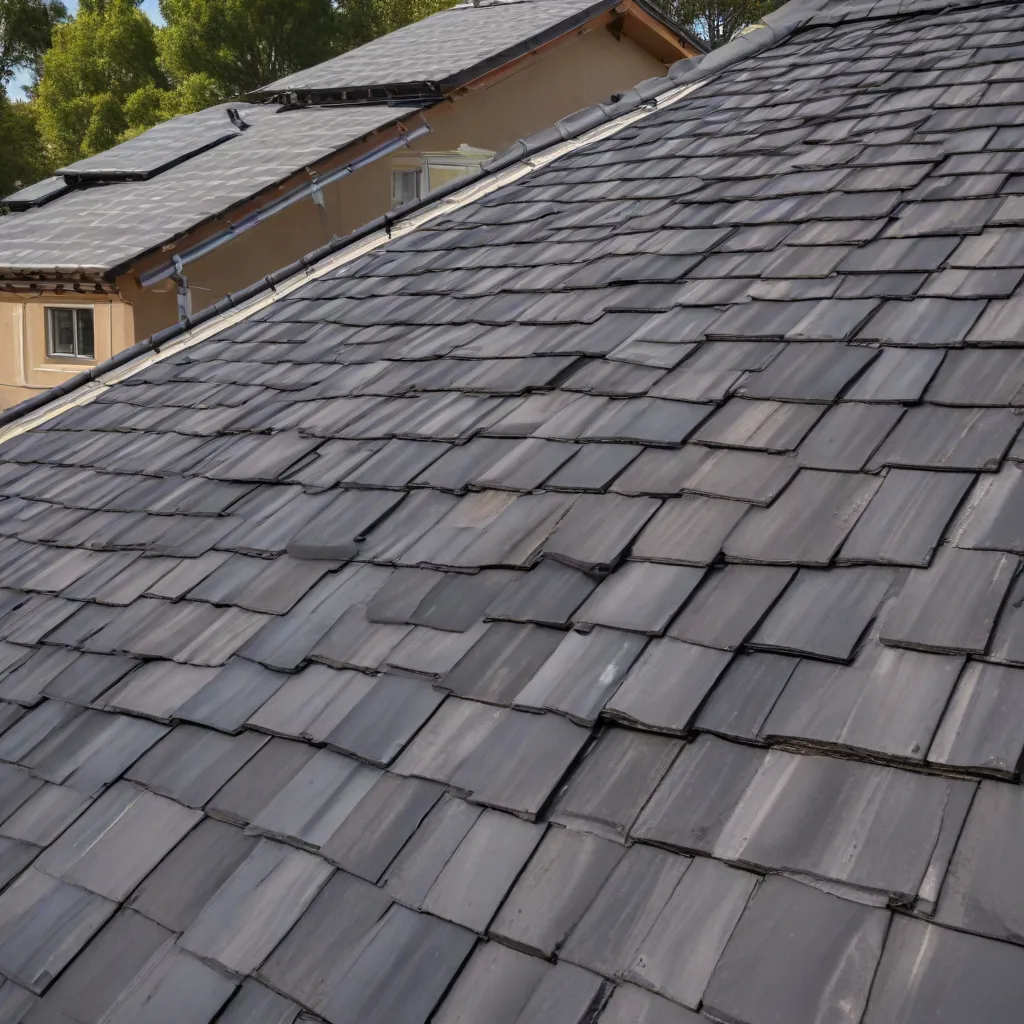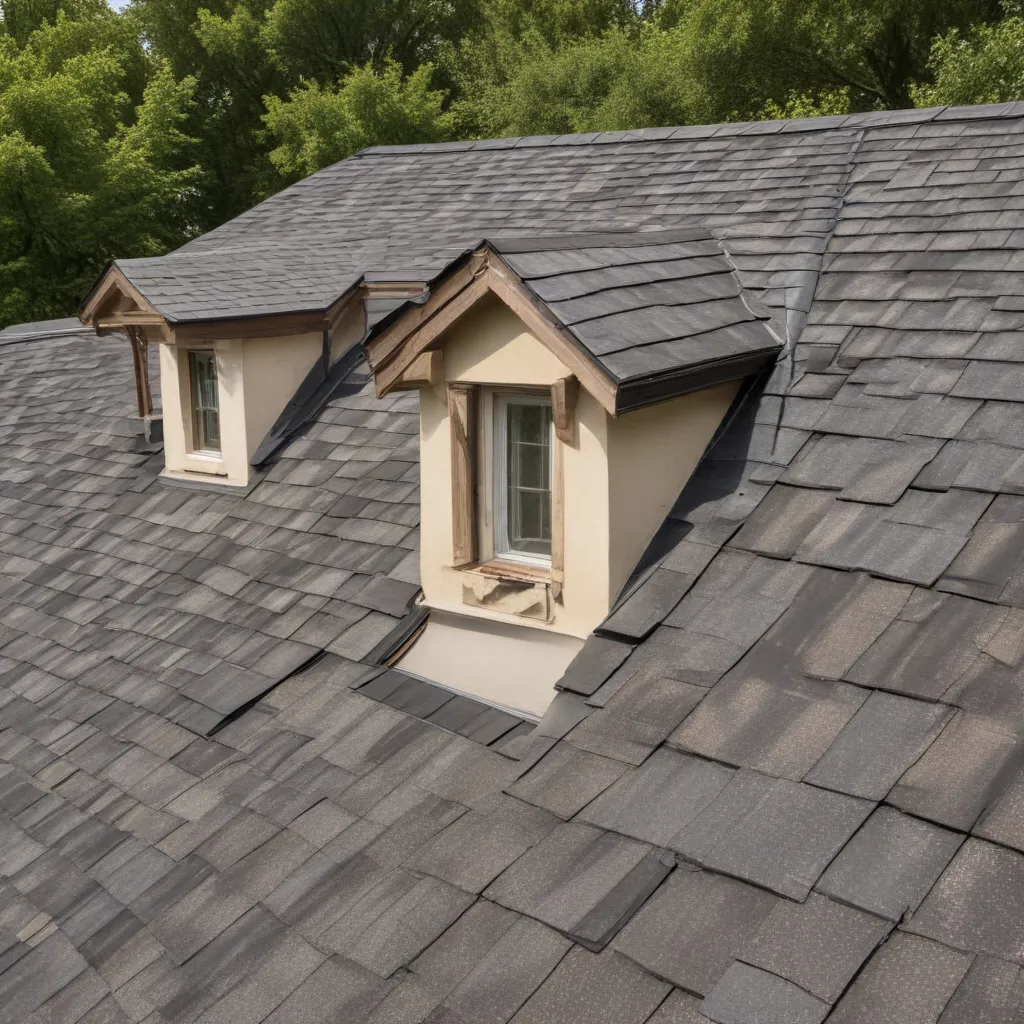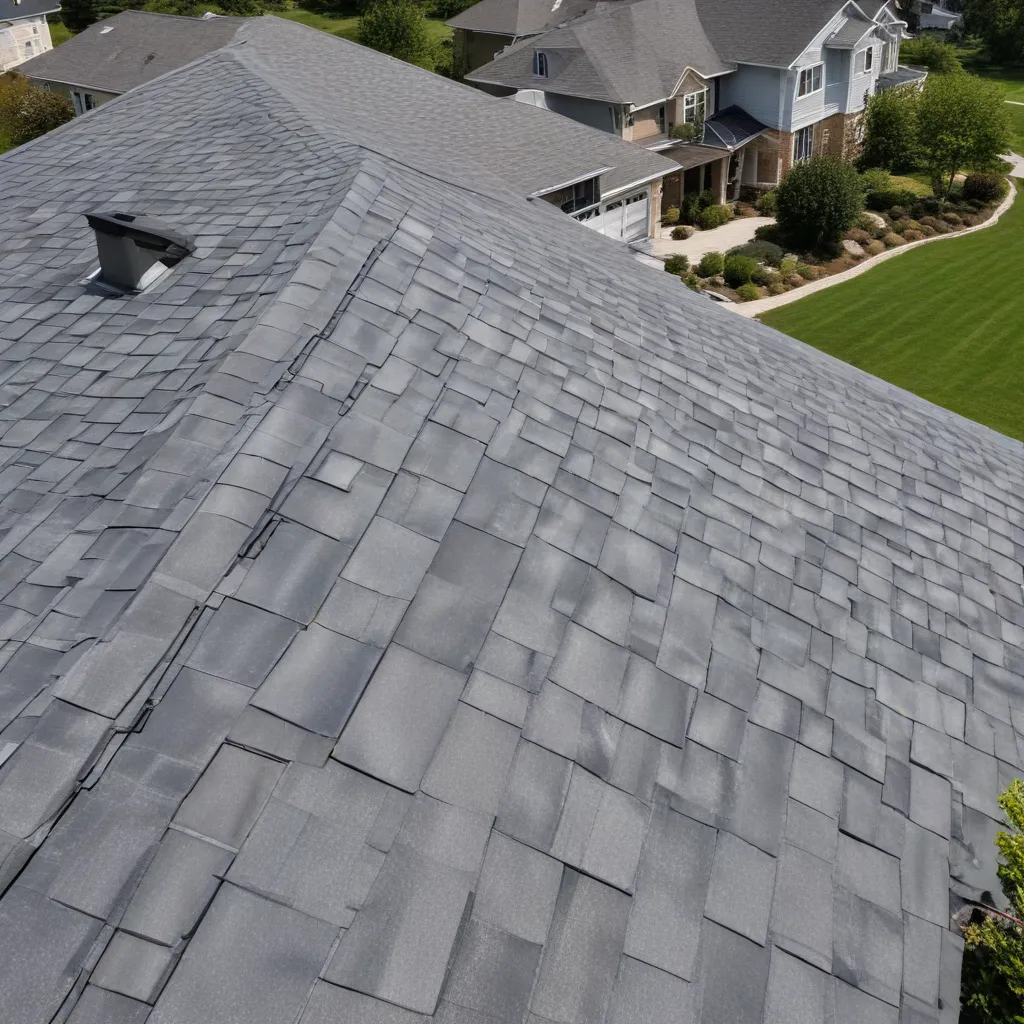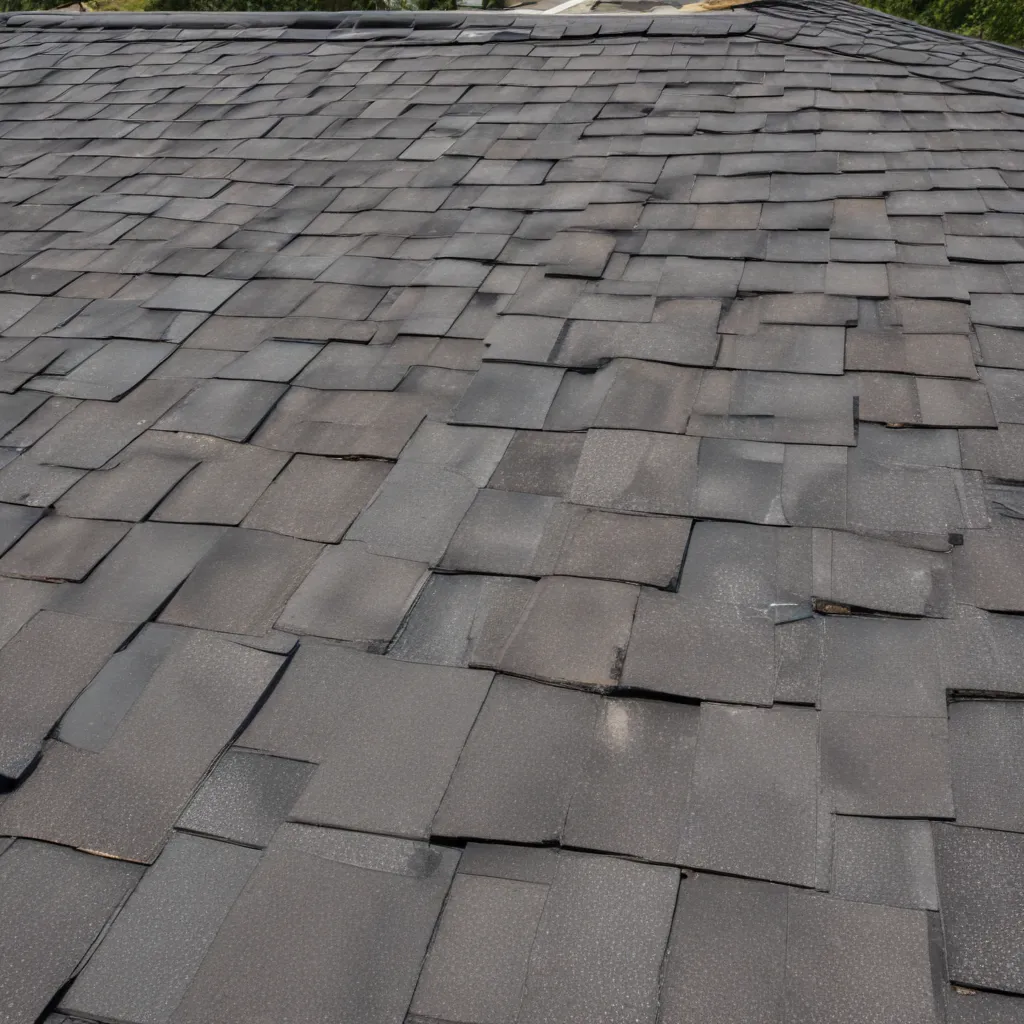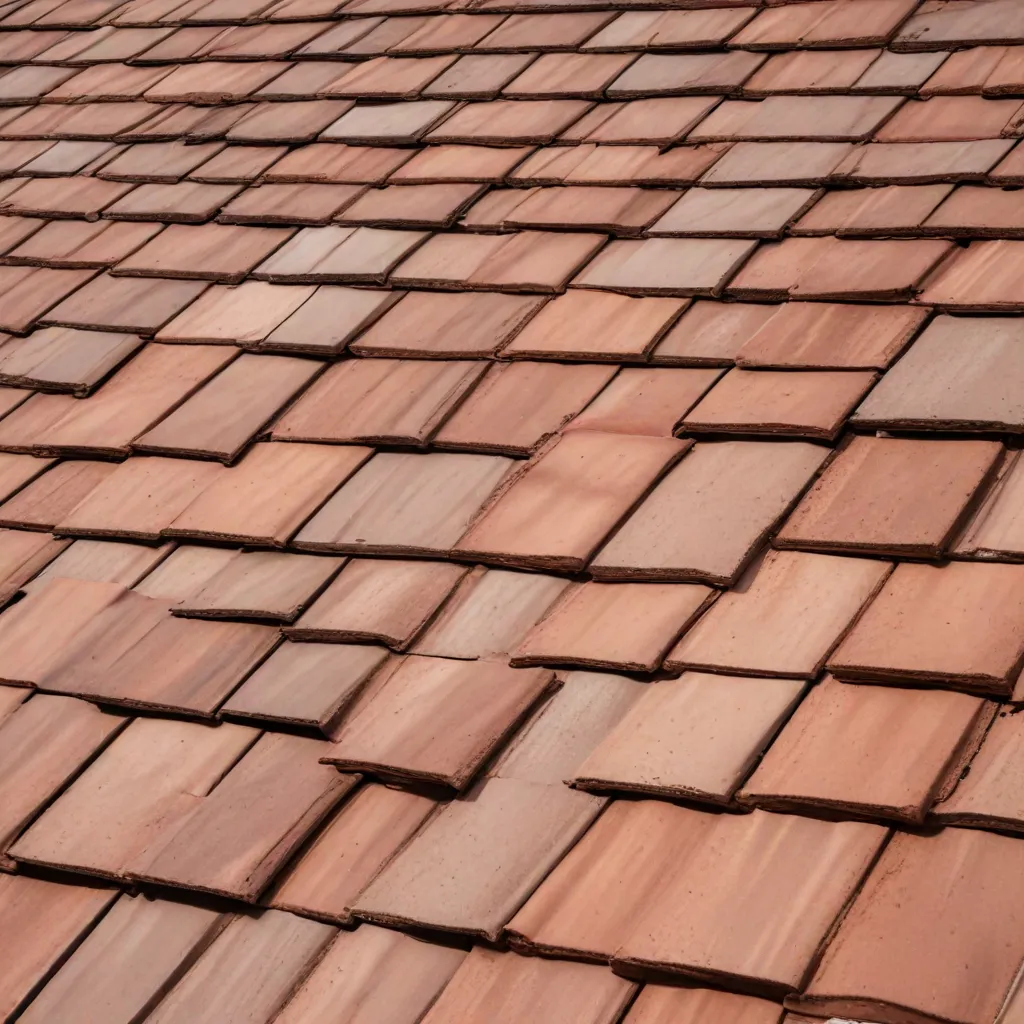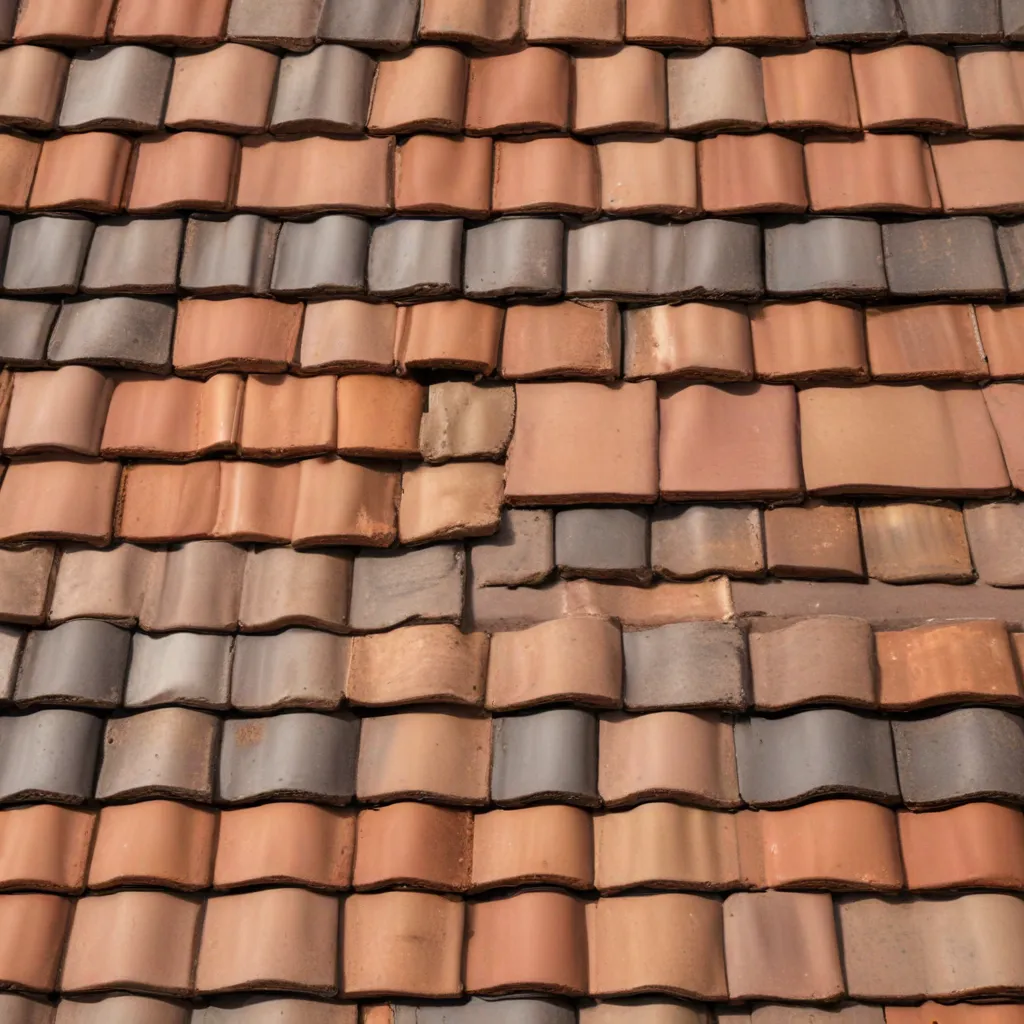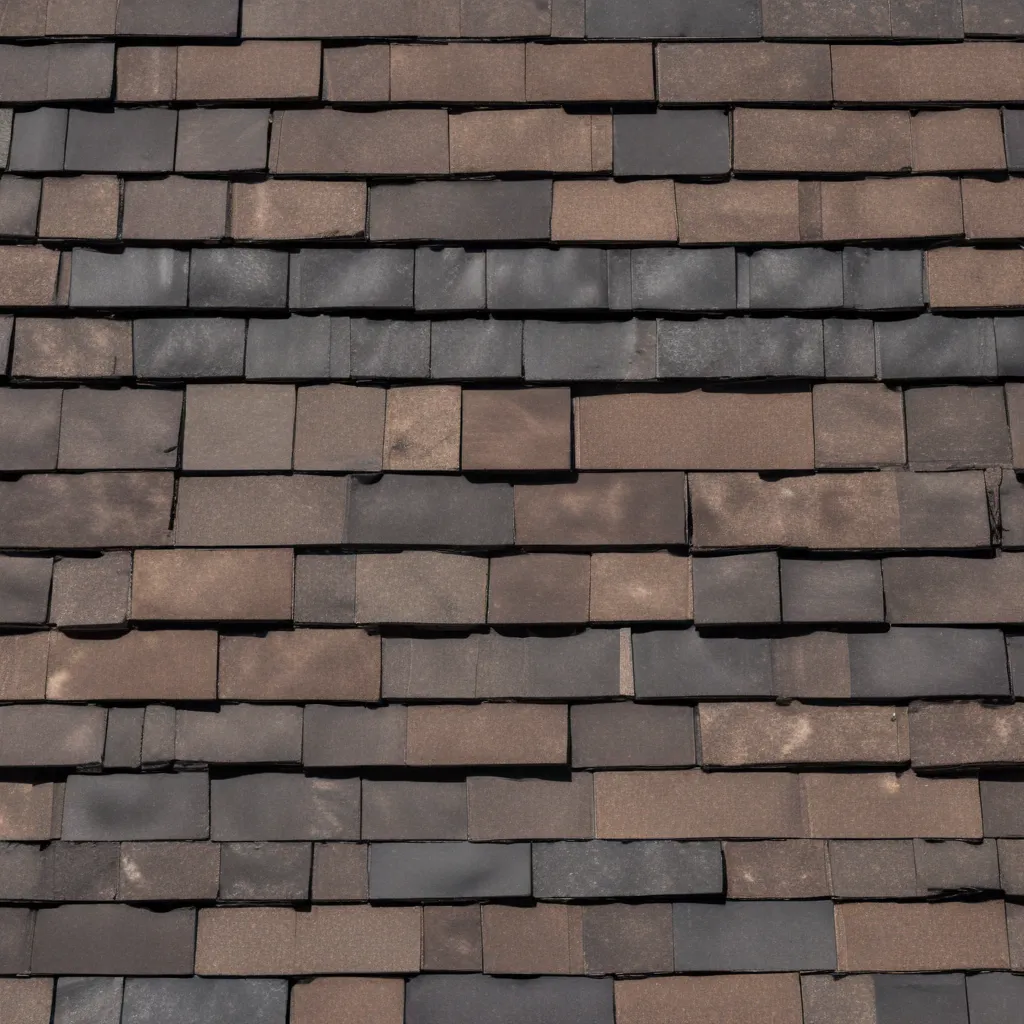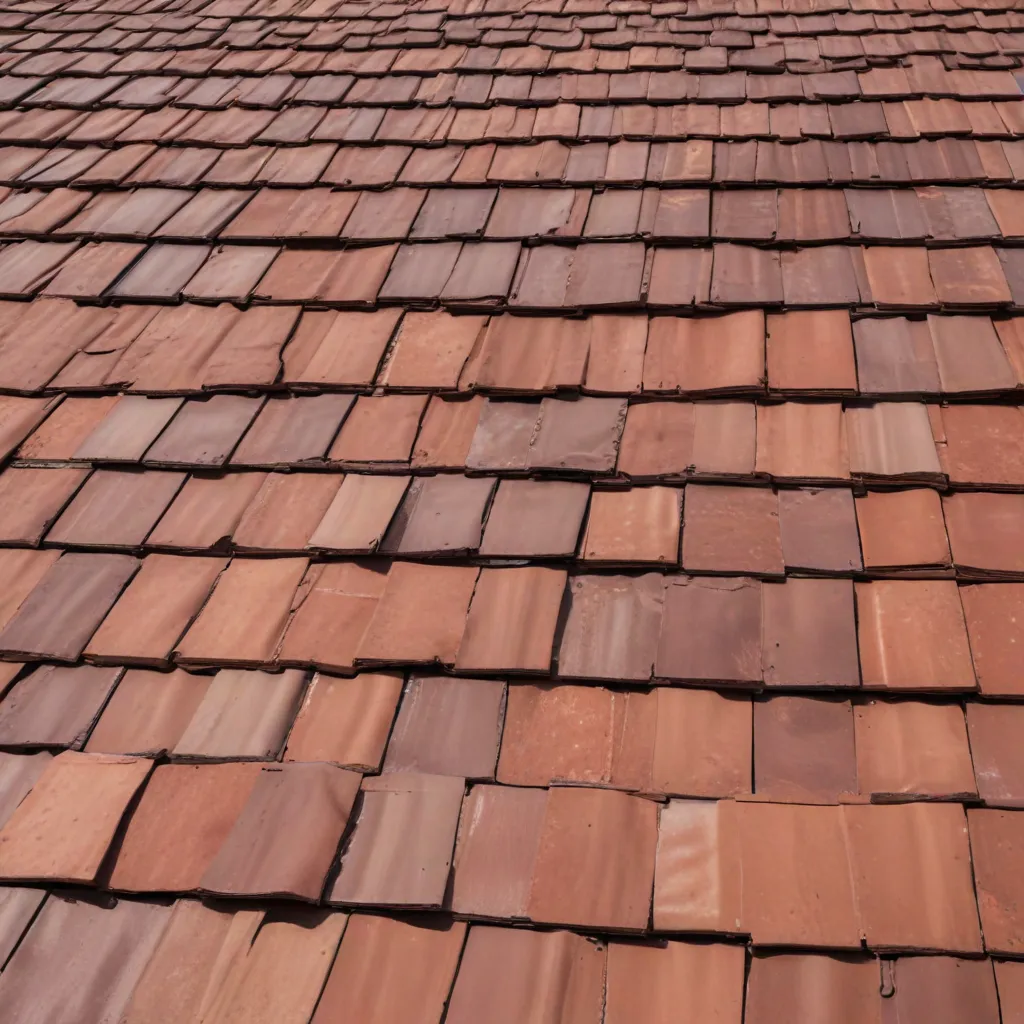Welcome to our comprehensive guide on spotting and fixing roof leaks. Your attic may seem like a forgotten space, but it plays a crucial role in protecting your home from the elements. Unfortunately, roof leaks can lead to significant damage if left untreated. In this article, we will explore the hidden dangers that may be lurking in your attic, and provide you with the knowledge and steps needed to identify and fix roof leaks. By the end, you’ll be equipped with the information necessary to maintain a leak-free and secure roof.
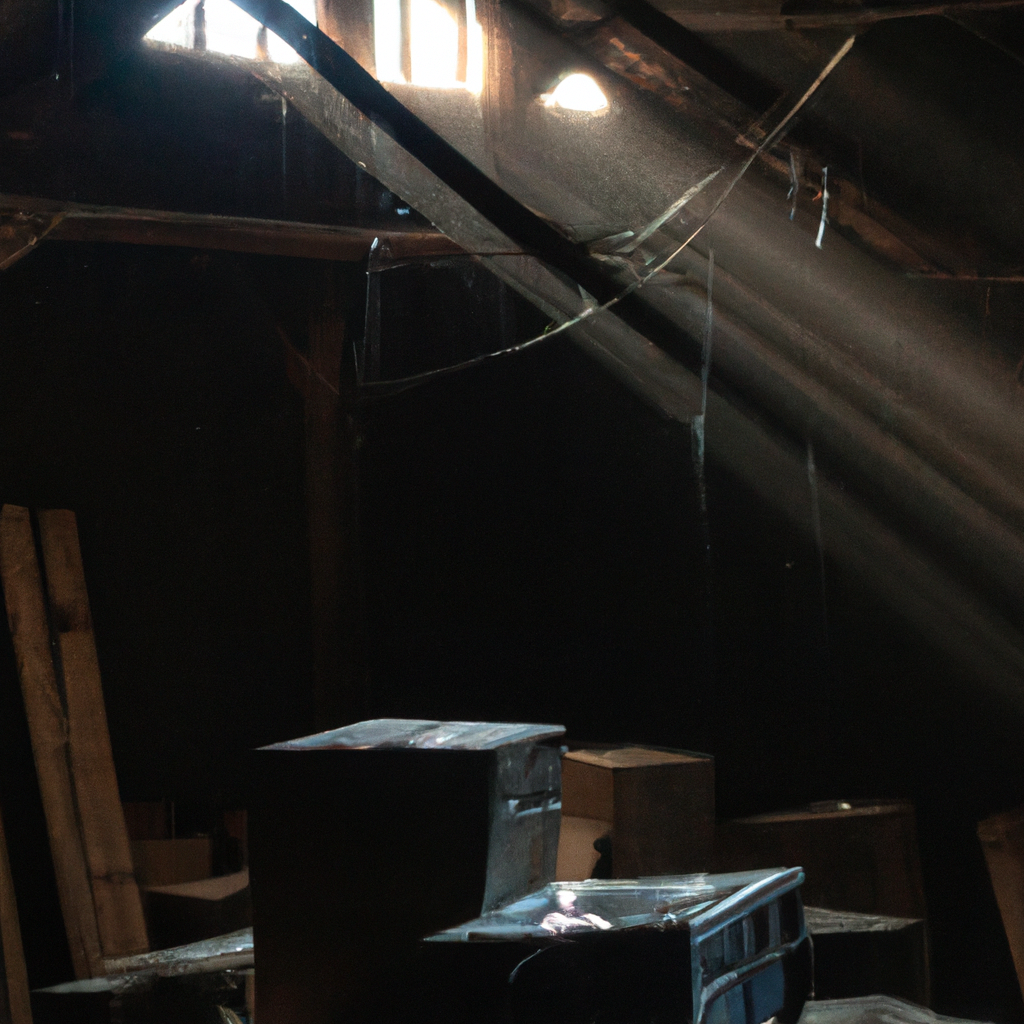
Understanding the Importance of a Leak-Free Attic
Your attic serves as a barrier between your home and the outside world. It helps regulate temperature, prevents moisture buildup, and protects your home from potential damage. A leak-free attic is crucial in maintaining the structural integrity of your roof and preventing costly repairs down the line. By identifying and fixing roof leaks early on, you can avoid further damage to your attic and the rest of your home.
Signs of a Roof Leak
- Water Stains: One of the most common signs of a roof leak is water stains on the ceiling or walls of your home. These stains typically appear as discolored patches and can vary in size and shape.
- Dripping Sounds: If you hear dripping sounds coming from your attic, it is a clear indication of a roof leak. This is often accompanied by the presence of water on the floor or in buckets placed to catch the drips.
- Mold or Mildew: Excessive moisture in your attic can lead to the growth of mold or mildew. If you notice a musty odor or see patches of mold or mildew, it is likely that you have a roof leak.
- Damaged Roofing Materials: Inspect your roof for any damaged or missing shingles, cracked tiles, or deteriorated flashing. These are common entry points for water and can indicate a roof leak.
- Sagging Ceiling: A roof leak that has gone unnoticed for an extended period can cause the ceiling to sag. This is a serious issue that requires immediate attention, as it indicates significant water damage and potential structural instability.
- Increased Energy Bills: Roof leaks can compromise the insulation in your attic, leading to increased energy consumption. If you notice a sudden spike in your energy bills, it could be a sign of a roof leak.
- Visible Water Flow: During heavy rainfall, go up to your attic and look for any visible water flow. This can help you pinpoint the exact location of the leak and facilitate repairs.
Identifying the Source of the Leak
Once you’ve noticed the signs of a roof leak, it’s essential to identify the source to effectively fix the issue. Follow these steps to determine the origin of the leak:
- Inspect the Attic: Start by examining your attic during daylight hours. Look for any signs of water stains or dampness on the rafters, insulation, or sheathing. Trace the stains to their highest point, as this will indicate the location of the leak on the exterior of your roof.
- Check Roof Penetrations: Inspect any areas where the roof is penetrated, such as chimneys, vents, skylights, or plumbing stacks. These are common areas for leaks to occur. Look for any signs of damage or deterioration around these penetrations.
- Examine Roof Valleys: Roof valleys, where two roof planes intersect, are vulnerable to leaks. Check for any signs of damage or missing shingles in these areas.
- Inspect Flashing: Flashing is used to seal joints and protect vulnerable areas of your roof, such as the intersection of roof planes or around chimneys and vents. Ensure that the flashing is intact and free from any cracks or gaps.
- Consider Age and Wear: If your roof is old or nearing the end of its lifespan, it may be more prone to leaks. Take into account the age and condition of your roof when identifying the source of the leak.
Fixing Roof Leaks
Now that you’ve identified the source of the leak, it’s time to take the necessary steps to fix it. Depending on the severity of the leak, you may choose to address it yourself or hire a professional roofing contractor. Here are some common methods for fixing roof leaks:
- Replacing Damaged Shingles: If the leak is caused by damaged or missing shingles, carefully remove the old shingles and replace them with new ones. Ensure that the new shingles are securely fastened to prevent future leaks.
- Repairing Flashing: If the flashing is the culprit, remove any old or damaged flashing and replace it with new material. Properly seal the joints to ensure a watertight seal.
- Applying Roof Sealant: Roof sealant can be used to repair minor leaks and prevent future ones. Apply the sealant to the affected area, following the manufacturer’s instructions.
- Addressing Roof Valley Issues: If the leak is originating from the roof valley, consider installing a self-adhering waterproof membrane. This will provide an extra layer of protection against water penetration.
- Seek Professional Help: For complex roof leaks or extensive damage, it’s best to consult a professional roofing contractor. They have the expertise and tools necessary to address the issue effectively.
Conclusion
Maintaining a leak-free attic is crucial in protecting your home from the hidden dangers of roof leaks. By being vigilant and proactive, you can identify and fix roof leaks before they cause significant damage. Remember to regularly inspect your attic, address any signs of water damage promptly, and seek professional help when needed. By doing so, you’ll ensure the longevity and integrity of your roof, providing you with peace of mind and a safe, dry home.

